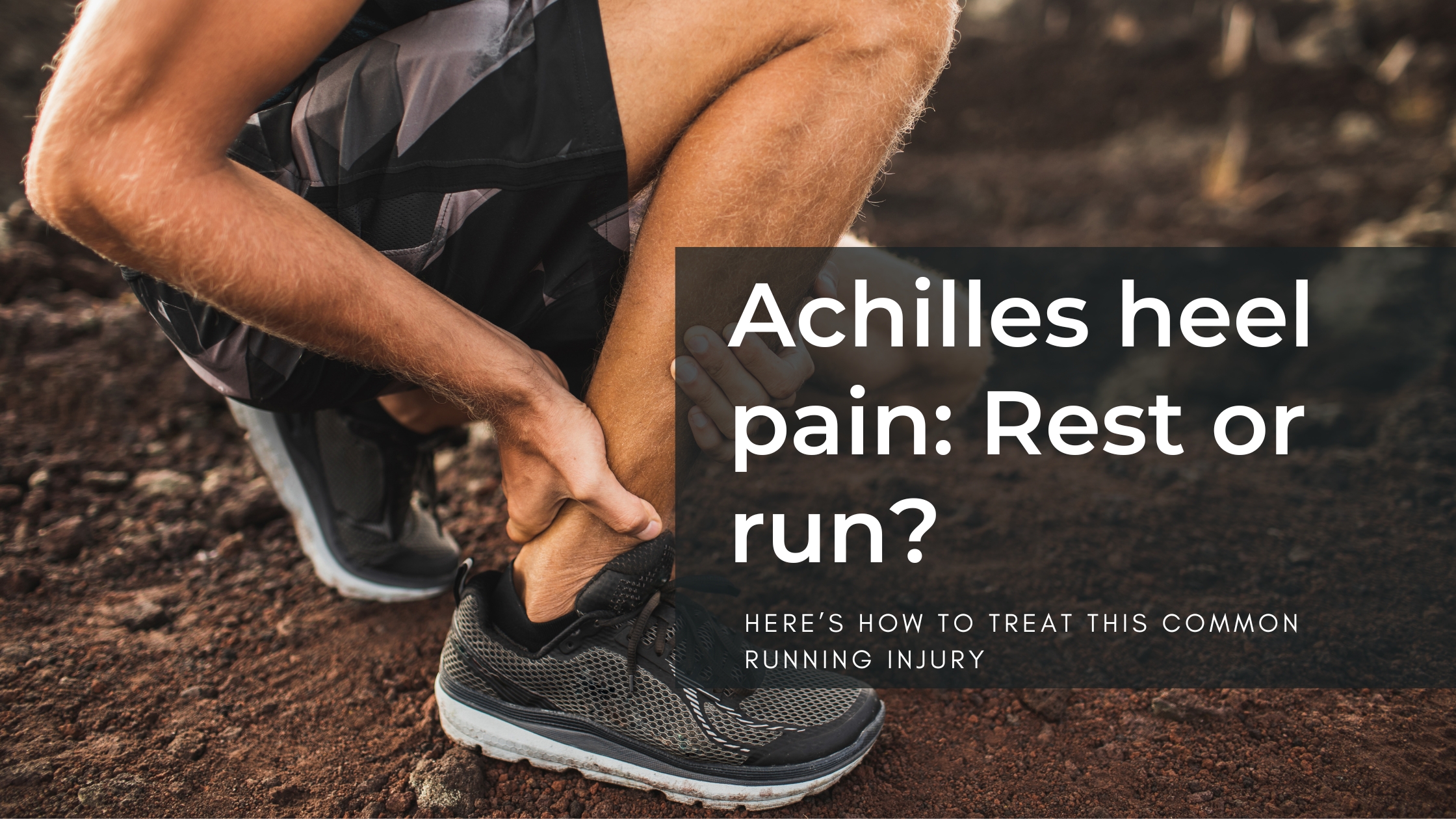
Achilles tendinopathy (as it’s called these days – not tendonitis) is a very common running injury, probably the most common we see in the clinic. Symptoms can vary, but typically sufferers experience stiffness upon waking in the morning. They feel tight and sore, as if their Achilles tendon needs a ‘good stretch’. This doesn’t help, we can do better.
What are tendons?
Tendons are strands of tissue that connect muscles to bones and help you move (as opposed to ligaments, which hold bones to bones for stability). They’re prone to overuse for a few reasons we’ll cover below.
When running, the Achilles tendon can absorb almost eight times your body weight! Tendons are very sensitive to changes in load. If the load placed upon a tendon is above its capacity to tolerate the load, injury can occur. The good news is that they can adapt to gradual increases in load slowly.
How do Achilles tendon injuries occur?
One of the most common reasons for Achilles tendinopathy is overuse. Overload is due to many factors, including:
- Running more than normal
- Sudden increase in speed or hill work
- A reduction in shoe drop without adequate adjustments
- Weak calf muscles or weak glutes
- Running technique deficiencies
- A combination of these factors
Once the tendons are overloaded, they can be very sensitive and difficult to manage. Because the tendon doesn’t have a huge blood supply, injuries can take longer to heal than in other parts of the body.
Have you got stiff ankles? Or hypermobile (flexible) ankles? Research suggests your risk of tendon injury is higher due to this.
How to avoid Achilles tendinopathy
Due to its prevalence, it might seem inevitable that runners will develop Achilles tendinopathy at some stage of their running journey – especially if they’re chasing a goal or aiming for an event. But it doesn’t have to be this way. Here are some tips on how to take care of your Achilles tendon as a runner.
- Gradual increases: The Achilles tendon has a great capacity for adaptation if trained gradually
- Strength work: Focus on supporting muscles such as calves and glutes
- Warm up: Make sure to include a warm-up before intensive running sessions
- Don’t make sudden changes: This includes changes to shoe type (eg going from a high to zero-drop shoe), running volume, running intensity and running terrain
How to return to running
As far as returning to running goes, I want my patients returning from an Achilles injury to be able to do single-leg hops pain-free before returning. Then focus on a gradual and guided return. Minimise speed work and hills early on. For chronic cases, a jog/walk can be appropriate. Sometimes I have my patients running more, but in different ways, for example longer, slower runs while cutting out the intervals and hills. It depends on your condition.
Keep an eye on tendon pain and sensitivity after running – particularly a day or two after a hard session. There’s a latency with tendon pain and often they can feel very good during running, only to respond with symptoms 24-48 hours later. Monitor this when you’re increasing your running load. If you flare up, reduce the duration or intensity of your session next time until you recover well.
The key things to focus on are:
- Keep things slow and easy – no drastic increases in volume
- Avoid stressing the tendon early on; this means cutting out the fast intervals or hill work
- Monitor your symptoms after the run, not just during the run
There are also other factors to address. Treatment for Achilles tendinopathy is rapidly developing and in recent years it’s been a changing landscape. Less focus on stretching and more on loading. In addition, we might also suggest heel wedges, higher drop shoes, addressing other strength deficiencies to patients and even look at running technique and training plans.
In summary, don’t wait around for your Achilles to get better on its own. Get an accurate diagnosis, be familiar with how your tendons behave and start managing it.
Phil de Mestre
Sports Podiatrist – Running Science
